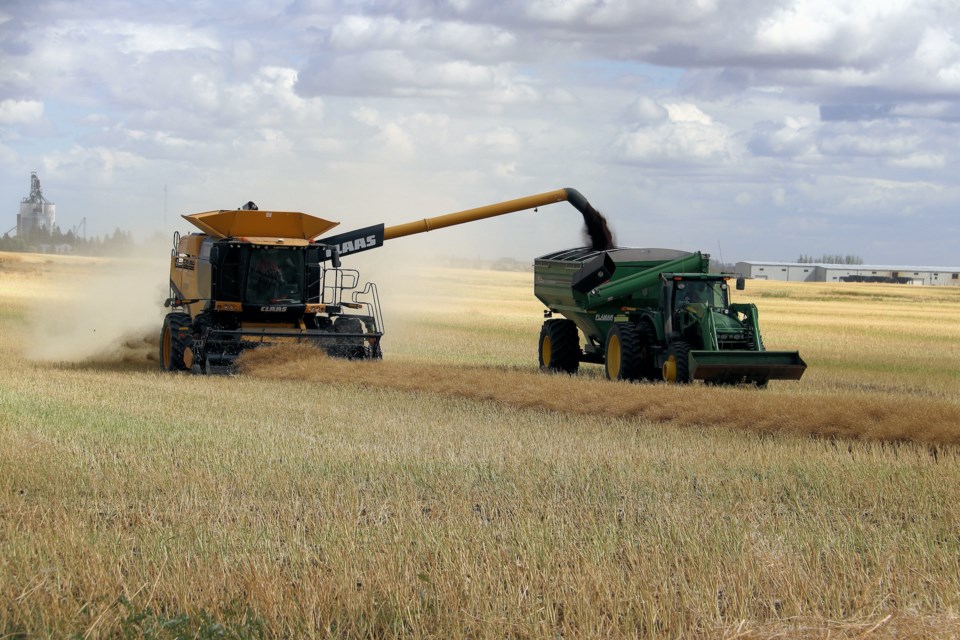Earning revenue on the farm through carbon credits is a reality, according to Carbon Asset Solutions during a webinar hosted by the Battle River Research Group.
Neil Smith, vice-president for North American operations with Carbon Asset Solutions, said selling carbon credits from agricultural operations is a practical way to offset increased costs associated with emission reduction initiatives, such as carbon taxes.
“Also, it allows us to demonstrate an ability to measure soil carbon in a way that hasn’t been done before with precision and accuracy,” said Smith.
The concept is simple; measurements are taken from the field, carbon sequestration amounts are measured, Carbon Asset Solutions provides the corporate customer looking to off-set carbon emissions and producers receive 60 percent of the revenue generated.
The technology is less simple. It requires specialized measuring equipment to establish baseline data.
Underpinning the idea is the premise of seeing agriculture as a solution to improving climate through a system that provides transparent and reliable measurements. They can be a simple way to access the carbon credit market. Ensuring the accuracy of data is key.
“From our machine in the field to our blockchain, we have near to real-time data. We needed integrity in that data, we needed to ensure the farmer and rancher always own that data and we needed to make sure no one can manipulate that data,” said Smith.
He said his company follows international standards developed by the carbon credit market, stressing the need for accuracy to ensure the legitimacy of the endeavour.
“Integrity, precision and trust, that’s really what we want to be known for,” said Smith.
That starts with establishing baseline data using a scanning trailer pulled by a side-by-side to measure across an entire field or pasture with no soil sampling required.
“We can scan in all conditions. We’re very light and don’t have any compaction issues, particularly on crop fields,” said Smith. “We’re accurate, we’re trusted and we measure, we don’t estimate and that’s something that underpins the technology.”
The patented technology is recognized by the United States Department of Agriculture and is in operation in the U.S., Canada and Australia, said Smith. North American operations launched at the start of this year.
Smith acknowledged a lot of uncertainty surrounds carbon credits, and Carbon Asset Solutions hopes to provide clarity to producers.
“We’re really trying to provide an income stream as quickly as possible for the farmer or rancher to start moving into those more sustainable farming practices that are going to help create carbon sequestration,” said Smith. “We like the regenerative processes but we’re not hanging our hat on simply those principles. As long as you’re committed to making changes on your farm or ranch operation, aiming to sequester carbon, that’s all that we’re asking.”
Beneficial changes that could increase the ability to monetize carbon sequestration include no-till, organic soil amendments, manure management, riparian management, grazing management and cover cropping.
Smith stressed it’s not a top-down directive for how producers should tend to their crops or manage pastures.
“We’re not prescriptive, so we’re not going to tell a farmer or rancher what changes are going to be required or how to farm or ranch,” he said. “We understand farmers and ranchers don’t really want to limit their ability to be able to produce whatever your farm enterprise produces…. The only requirement we ask of you is that you are making changes to try to sequester carbon.”
